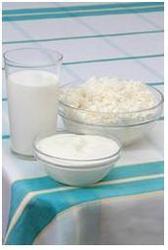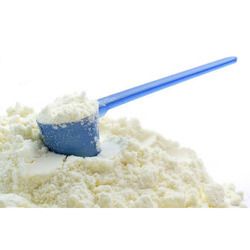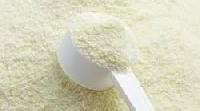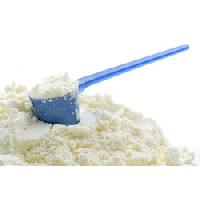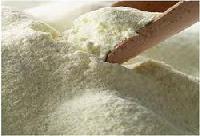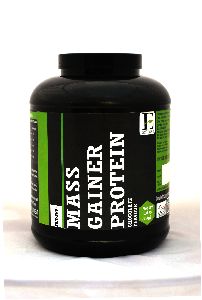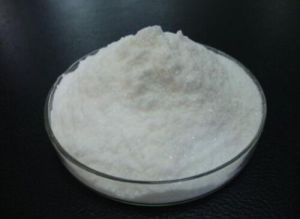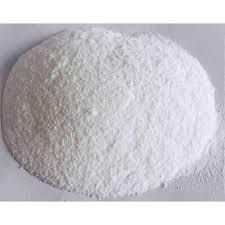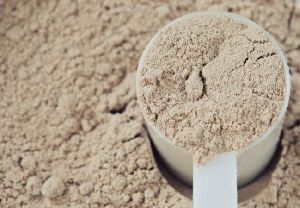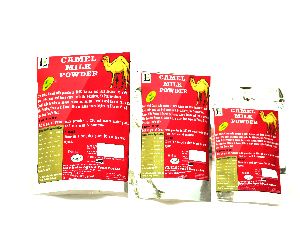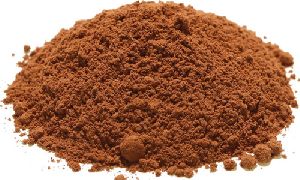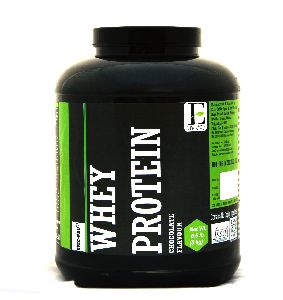-
ericindiafoods@gmail.com -
+91-9478188351 - Send SMS
- Send Email
| Business Type | Manufacturer, Supplier, Retailer, Wholesaler |
Preferred Buyer From
| Location | Worldwide |
Casein consists of a fairly high number of proline peptides, which do not interact. There are also no disulfide bridges. As a result, it has relatively little tertiary structure. It is relatively hydrophobic, making it poorly soluble in water. It is found in milk as a suspension of particles called casein micelles which show some resemblance with surfactant-type micellae in a sense that the hydrophilic parts reside at the surface. The caseins in the micelles are held together by calcium ions and hydrophobic interactions. Several models account for the special conformation of casein in the micelles (Dalgleish, 1998). One of them proposes the micellar nucleus is formed by several submicelles, the periphery consisting of microvellosities of ?-casein (Walstra, 1979; Lucey, 2002). Another model suggests the nucleus is formed by casein-interlinked fibrils (Holt, 1992). Finally, the most recent model (Horne, 1998) proposes a double link among the caseins for gelling to take place. All three models consider micelles as colloidal particles formed by casein aggregates wrapped up in soluble ?-casein molecules. The isoelectric point of casein is 4.6. Since milk's pH is 6.6, casein has a negative charge in milk. The purified protein is water insoluble. While it is also insoluble in neutral salt solutions, it is readily dispersible in dilute alkalis and in salt solutions such as sodium oxalate and sodium acetate. The enzyme trypsin can hydrolyze off a phosphate-containing peptone. It is used to form a type of organic adhesive.
